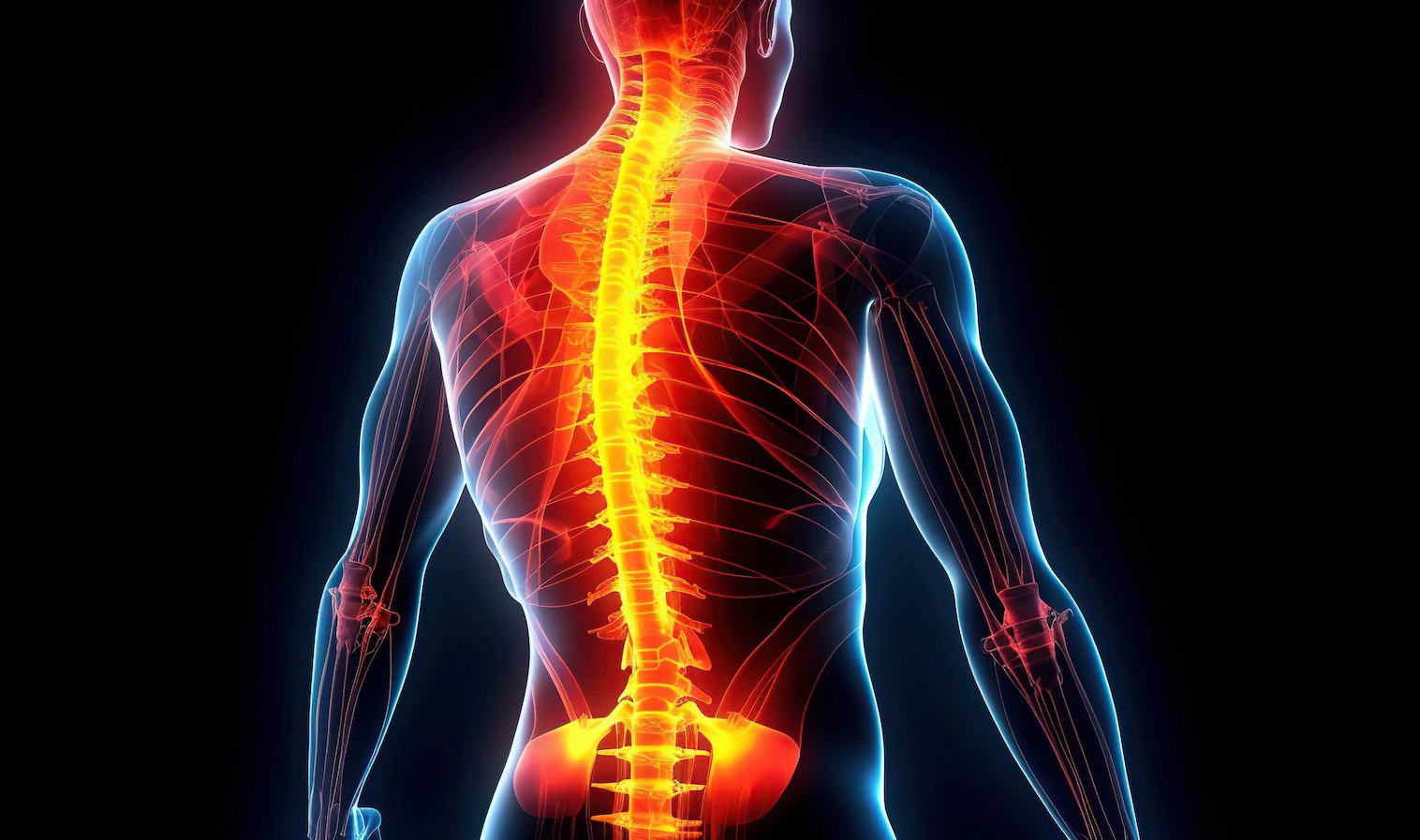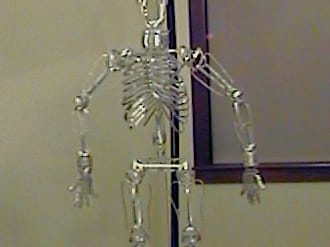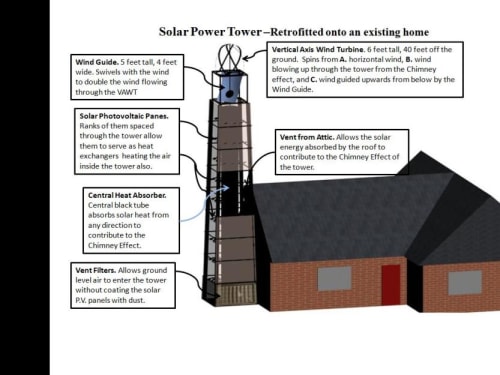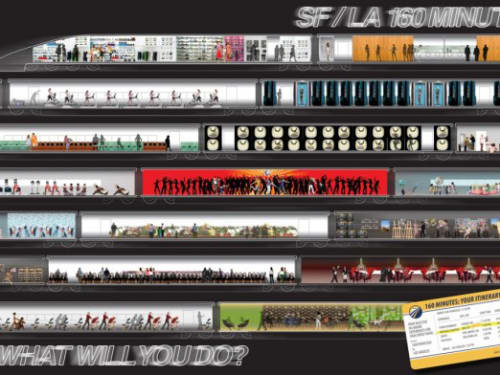Congratulations to Our 2025 Grand Prize and First Place Winners!
Imersiv, a breakthrough technology that improves audio performance by 100X compared to today’s very best audio equipment for applications ranging from sound engineering to space missions to medical imaging, was named the $25,000 grand prize winner at a live finalist round held November 7 in New York. Click here for the full list of winners. Also see the Top 100 highest scoring entries. Special thanks to our esteemed panel of judges.
Help build a better tomorrow
Since Tech Briefs magazine launched the Create the Future Design contest in 2002 to recognize and reward engineering innovation, over 16,000 design ideas have been submitted by engineers, students, and entrepreneurs in more than 100 countries. Join the innovators who dared to dream big by entering your ideas in our 2026 contest opening March 1.
Read About All the 2024 Winning Inventions
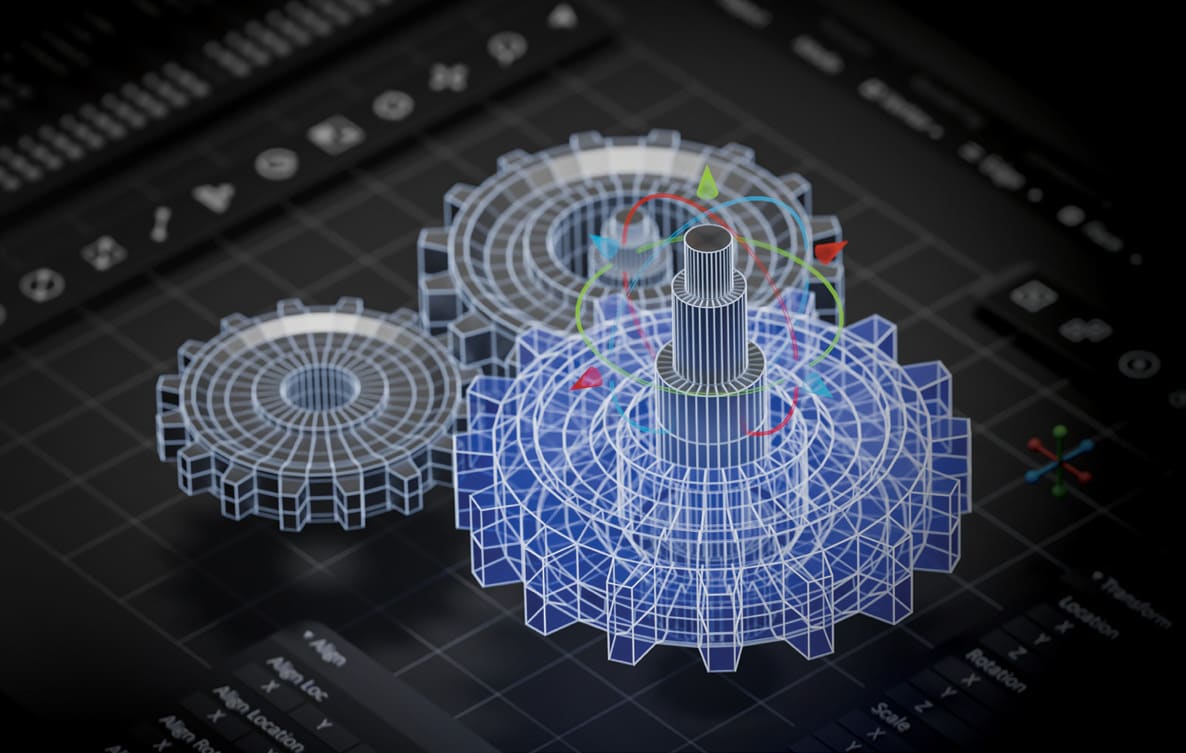
Special Report spotlights the eight amazing winners in 2024 as well as honorable mentions in each category, plus the top ten most popular entries as voted by our community.
Click here to read moreA ‘Create the Future’ Winner Featured on ‘Here’s an Idea’
Spinal cord injury affects 17,000 Americans and 700,000 people worldwide each year. A research team at NeuroPair, Inc. won the Grand Prize in the 2023 Create the Future Design Contest for a revolutionary approach to spinal cord repair. In this Here’s an Idea podcast episode, Dr. Johannes Dapprich, NeuroPair’s CEO and founder, discusses their groundbreaking approach that addresses a critical need in the medical field, offering a fast and minimally invasive solution to a long-standing problem.
Listen nowThank you from our Sponsors
“At COMSOL, we are very excited to recognize innovators and their important work this year. We are grateful for the opportunity to support the Create the Future Design Contest, which is an excellent platform for designers to showcase their ideas and products in front of a worldwide audience. Best of luck to all participants!”
— Bernt Nilsson, Senior Vice President of Marketing, COMSOL, Inc.
“From our beginnings, Mouser has supported engineers, innovators and students. We are proud of our longstanding support for the Create the Future Design Contest and the many innovations it has inspired.”
— Kevin Hess, Senior Vice President of Marketing, Mouser Electronics
contest/2012
2012
The Mini-Snow Plow plow is designed to fit on almost any wheeled motor vehicle, regardless of it being a passenger car, full sized truck, or emergency vehicle.
The idea is to plow the road for traction as you drive, but only where your tires are going to follow. There is a small channel for snow, and other debris,
I have developed a shell for androids and humanoid robots that includes working representations of most joints, and is easy to work with. In the present configuration, it is made from aluminum for ease of reconfiguring and to keep it light weight.
The idea behind this project is to give robot designers, educators,
This telescope design consists of a primary mirror shaped to a parabola along a single axis. Whereas a conventional telescope focuses light to a single point, the Single-Axis Telescope spreads its focus along a sensor the same width as the mirror.
I call this a scanning telescope because it is designed to be stationary,
The idea is cleaning an entire house in 5 minutes without manpower.
Consists of surface cleaning liquid, one emitter, and 4 collectors. To clean a room the emitter is placed nearby the center of the room. The emitter will provide us the electromagnetic force for the motion of the material.
In the process of internal combustion locomotion for most of the energy of the fuel is dissipated into heat energy.
The idea is to provide a radiator effect seebek that recovers part of the thermal energy dispersed into electrical energy to be conveyed, for example in hybrid vehicles, locomotion.
The Solar Power Tower uses several simple methods to harvest maximum electrical energy from solar photovoltaic panels, and a wind turbine.
The Solar Tower uses ranks of solar PV panels to create electricity and also heat the air inside the tower to create an updraft which spins a Vertical Axis Wind Turbine (VAWT) at the top of the tower.
LA to San Francisco in 160 minutes—GREAT! But ironically, as the size of cities and the speed in which we are able to travel great distances increases, we are increasingly more sedentary. In fact, we are sitting down more than ever before—9.3 hours per day, which is more time than we spend sleeping.
Migrating Floating Gardens is a sketch for a project that predicts the next location for green in urban environments. Historically, urban environments encroached upon outlying wilderness and green was detached from the city. Subsequently green was introduced first on the horizontal plane in the form of parks. Modernity and the development of dense,
The planter brick wall is designed to be a combination of traditional masonry units combined with units that can hold plants and vegetation. The plants matched with the bricks require little, if any, soil, but they do need water and nutrients.
Page 47 of 74
